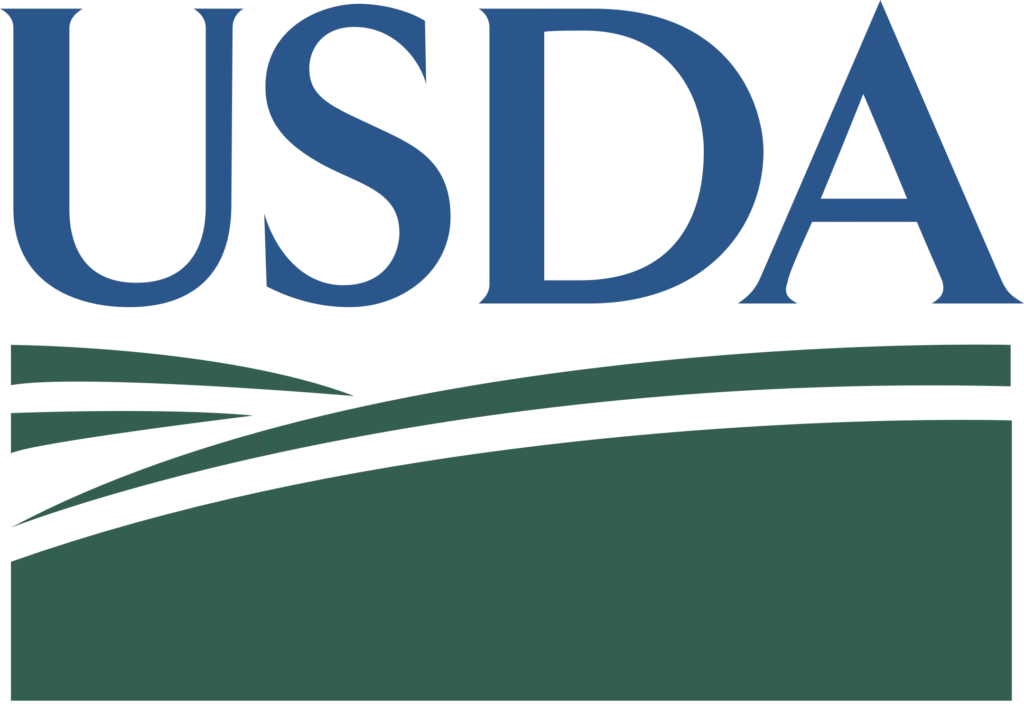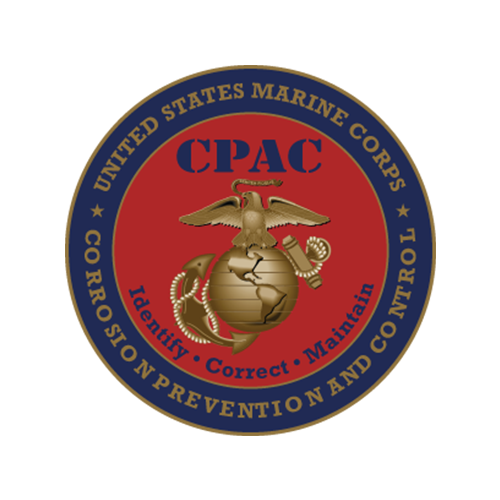Across Government
At FDT, we proudly support the missions of our government clients within both the federal civilian and defense sectors. Our team possesses a deep understanding of our customers’ government operations, providing a range of comprehensive solutions that boost the delivery of services to American citizens.
Excellence and innovation are clearly demonstrated through the proven results achieved with distinguished clients ranging from the USDA, Smithsonian Institution, and USMC
Case Study

USDA SNAP Program
Streamlining SNAP with Innovative Solutions
Challenge
Enhancing Efficiency in SNAP Program Management
The USDA’s Supplemental Nutrition Assistance Program (SNAP) plays a crucial role in providing vital food assistance to millions of Americans. However, the administering agency faced significant challenges in managing the increasing volume of inquiries and applications. The existing system, heavily reliant on manual processes, was highly inefficient and struggled to keep up with user demand, leading to long wait times and a backlog of applications. This not only impacted the agency’s operational efficiency but also delayed the delivery of critical assistance to those in need, highlighting an urgent requirement for a more streamlined and effective solution.
Solution
FDT's Automated and Integrated Approach
FDT was tasked with addressing these challenges and proposed a comprehensive solution aimed at enhancing the SNAP program’s efficiency through automation and technology integration. The cornerstone of FDT’s solution was the development and implementation of an Advanced Interactive Voice Response (IVR) system, combined with a state-of-the-art application processing platform.
The IVR system was designed to handle a wide range of routine inquiries autonomously, allowing SNAP beneficiaries to obtain information, check their application status, and perform basic account management tasks without the need for direct interaction with agency staff. This not only significantly reduced call wait times but also allowed the agency’s personnel to focus on more complex queries and application processing.
By automating and streamline critical steps in the SNAP application submission, verification, and approval process, the platform reduced manual errors and accelerated decision-making, ensuring that assistance reached beneficiaries more quickly and efficiently.
Outcome
A Leap Towards Efficiency and Effectiveness
The implementation of FDT’s IVR solution marked a transformative shift in the SNAP program’s operations. The system successfully managed the bulk of routine inquiries, cutting down average wait times by over 50%. Meanwhile, the automated application processing platform enhanced the speed and accuracy of application reviews, improving overall program efficiency. These improvements not only facilitated faster and more reliable assistance to beneficiaries but also set a new standard for operational excellence within the agency, demonstrating FDT’s commitment to innovation and leveraging technology for social good.
Case Study

Revolutionizing Visitor Experience at the African American Museum
Challenge
Streamlining Visitor Inquiries and Enhancing Accessibility
The National Museum of African American History and Culture faced significant challenges in managing visitor inquiries efficiently in a timely manner. With an increasing number of visitors preferring to seek information via phone, particularly on the day of their visit, the museum’s lack of a dedicated and efficient phone inquiry system led to confusion and often misdirected calls. This situation resulted in worker frustration as well as a suboptimal visitor experience, with potential visitors struggling to find information on ticket availability, accessibility services, and general visitor information – highlighting a need for an improved inquiry system.
Solution
FDT's Custom Interactive Voice Response System
FDT identified the critical need for an efficient, automated communication system to streamline visitor inquiries and enhance the overall visitor experience. FDT developed and implemented a custom Interactive Voice Response (IVR) system tailored to the museum’s unique needs. This innovative solution was designed to handle high volumes of incoming calls, providing automated responses to the most common questions based on the information available on the museum’s website.
The IVR system allowed callers to navigate through a menu of options to find answers to their questions without the need for direct interaction with museum staff. For inquiries that required more detailed information or personal assistance, the system efficiently directed calls to the appropriate department. Furthermore, recognizing the museum’s goal to drive visitors to their website for information, the IVR system included an option for callers to receive text messages with direct links to specific information on the museum’s website.
Outcome
Enhanced Visitor Experience and Operational Efficiency
The deployment of FDT’s IVR system transformed and elevated the museum’s approach to managing visitor inquiries. The system significantly reduced misdirected calls and wait times, allowing staff to focus on more complex visitor needs. Moreover, the option to receive information via text message directly linked to the museum’s website encouraged visitors to utilize online resources, aligning with the museum’s digital engagement strategy. The success of the IVR system in improving accessibility and visitor satisfaction demonstrated FDT’s expertise in leveraging technology to enhance cultural institutions’ engagement with the public.
Case Study

Optimizing Corrosion Control in the Marine Corps
Challenge
Enhancing the Efficiency of Corrosion Prevention and Control
The U.S. Marine Corps faced significant challenges in managing its Corrosion Prevention and Control (CPAC) Program. With the vast array of equipment and vehicles critical to its operations, the Marine Corps needed an effective strategy to mitigate corrosion, which poses a substantial risk to readiness and operational capability. The existing processes were heavily reliant on manual data management and tracking systems, leading to inefficiencies, data inaccuracies, and delays in corrosion control measures. The need for a streamlined, accurate, and efficient management system was evident to enhance the CPAC Program’s effectiveness and ensure the longevity and readiness of Marine Corps assets.
Solution
Enhancing the Efficiency of Corrosion Prevention and Control
FDT stepped in to address these challenges with a comprehensive solution tailored to the specific needs of the Marine Corps. FDT developed a custom software solution designed to streamline the data management process related to corrosion control. This innovative system integrated advanced data analytics, enabling precise tracking, reporting, and efficient management of corrosion prevention tasks across the Marine Corps’ vast inventory.
The solution provided by FDT featured a user-friendly interface for easy data entry and retrieval, automated alerts for corrosion control measures, and detailed reporting capabilities for enhanced decision-making. This approach not only facilitated a more proactive stance on corrosion prevention but also significantly reduced the time and resources required for data processing and analysis.
Outcome
Improved Readiness and Operational Efficiency
The implementation of FDT’s custom software solution marked a significant improvement in the CPAC Program’s management. The Marine Corps benefited from enhanced data accuracy, streamlined processes, and the ability to make informed decisions rapidly. FDT’s expertise in developing tailored software solutions demonstrated a profound impact on the effectiveness of military maintenance and operational preparedness. These improvements led to better resource allocation, timely corrosion control measures, and ultimately, improved readiness and operational efficiency of Marine Corps assets.
